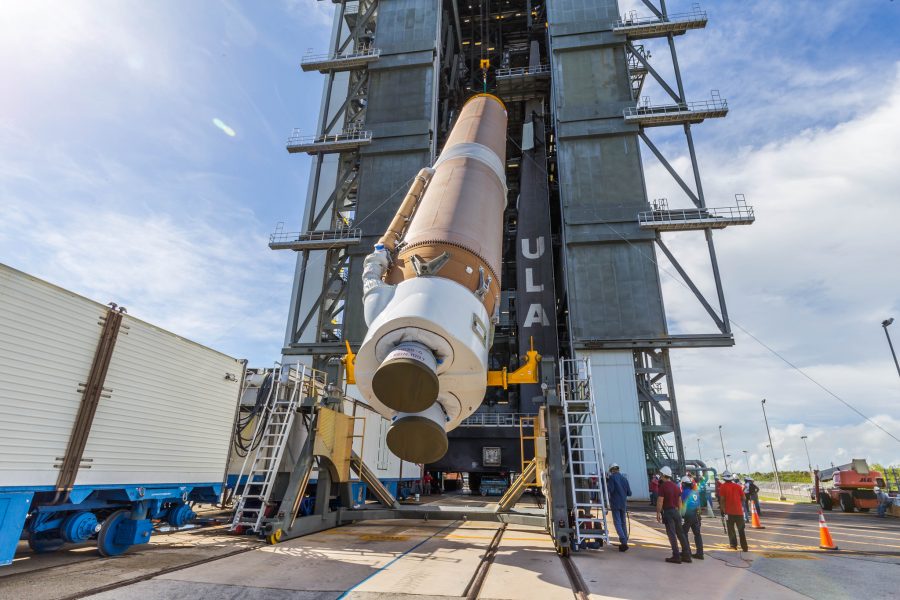United Launch Alliance Chief Executive Officer Tory Bruno supports the idea of sending space industry employees for stints in the Space Force, suggesting it could be modeled on an existing Air Force program that lets service members try out private sector jobs.
The Space Force wants to bolster its talent pool—particularly for high-demand careers like software development—and help its workforce think outside the box by rotating people between industry and government more often. How it might achieve that is still under discussion by a team in Colorado Springs, Colo., Space Force Vice Commander Lt. Gen. David D. Thompson said in August.
In a conversation with Thompson during the Air Force Association’s virtual Air, Space & Cyber Conference, Bruno said the idea will only succeed if people have a formal program to join.
“It’s got to be structured. It can’t just be a notion that, well, people will maybe make career choices to go back and forth, or we’ll do it somehow on an ad hoc basis,” he said. “We’ll have to be deliberate about it.”
He pointed to the Air Force’s competitive Education with Industry (EWI) program as a good model for the Space Force’s vision.
EWI places Airmen in fields like space, information operations, and intelligence at around 50 commercial and defense companies for 10 months. The growing program chose 74 participants this year, as it expands to include enlisted Airmen and sites like the Sandia National Laboratories for nuclear research. Participants go on to Air Force jobs in line with that work experience once they graduate.
“We love our EWIs. You guys send us two, three, four a year, and they spend a year with us doing various jobs in our company—real jobs, they’re not some kind of yearlong tour of facilities or something like that,” Bruno said. “They learn about our company. They learn about the industry. They make real contributions. They never separate from the service, because that’s important. You can’t get a wide participation if we’re going to expect people to sever their ties with what they consider their primary career path.”
There’s no industry equivalent of the EWI program that lets workers at companies like ULA, SpaceX, and other defense contractors see the other side of federal programs without formally becoming a DOD employee. In practice, it could look similar to the Reserves, where people toggle between their day jobs in the private sector and periodic returns to military service.
The benefits would go both ways: Industry employees could get a better feel for where the Space Force’s technology needs are heading, and the Space Force can draw on the outside perspective of corporate engineers, contracting managers, and others. The approach can also help avoid breakdowns in communication.
“One of the things that is difficult in these relationships, when we’re trying to be a team and serve this mission together, is that our processes and our procedures and, [in] some cases, how we’re measured as individuals or teams in our respective corners are very, very different,” Bruno said. “When you’re in industry, you’re working away and then you’re getting questions or requests for products from your customer, and you have no idea why. … It’s confusing, and it’s distracting, and yet, in my experience, you guys never ask us for something you don’t need.”
